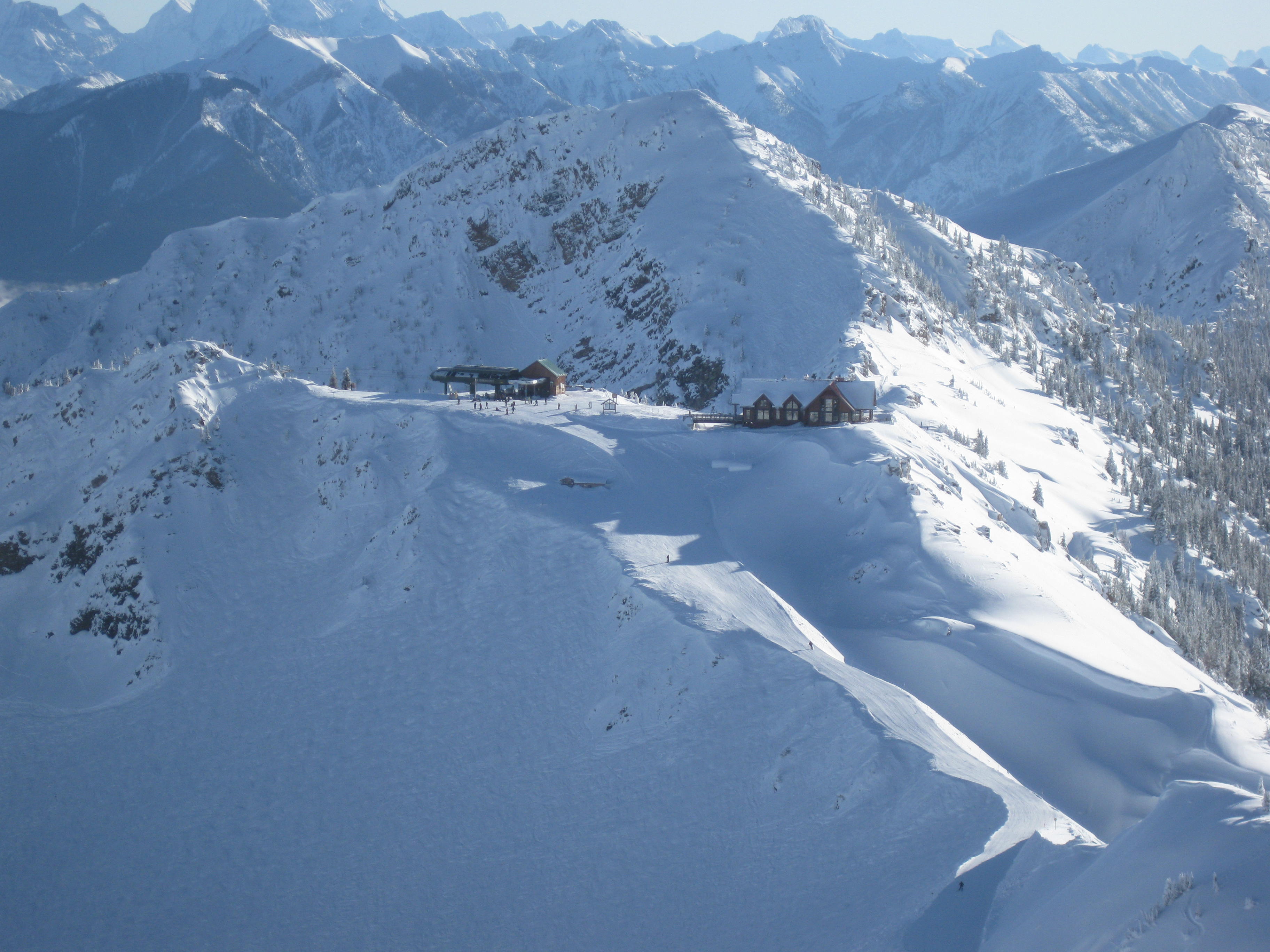Access to whole mountains & glaciers in the right climatic locations for a perpetual return on investment.
In the European Alps a similar phenomenon occurred during the expansion of many mountain resort villages of the last 50 years, but it went through more cycles and because of a different and longer history the economic model is much more varied and complex. Without going into an analysis of the many and different ski areas and of their history and economic performance, it is sufficient to note that there are companies of many sizes, ranging from the Compagnie des Alpes, to the Gornergrat Bahn and the Funivie del Monte Bianco, that have operating under a significantly different business model than the North American real estate driven model. These companies do not have any real estate development and have been successful for a long period of time and through several business cycles.
Our design concept of providing access to spectacular mountains is based on a response to fundamental human needs.
The point that needs to be made is that the ski hill and connected real estate developments of the past in North America are not necessarily the way of the future, and are an economic engine that does not work in perpetuity.
Our design concept of providing access to spectacular mountains is based on a response to fundamental human needs, and is based on the qualities derived from geography rather than from past sales statistics and land speculation. We are responding to a market proven in the Alps but with practically no similar response in North America. This market starts with access by means of mechanical lifts, rather than muscle power or helicopters, to the tallest mountains in the right climatic locations with mountaintops with glaciers. This combines superior year round skiing capabilities with true destination sightseeing – an element that is missing at almost all existing North American ski “hills”. It also combines the best mountains with the biggest vertical drops, skiing whole mountains rather than “pods” alongside chairlifts, and eliminating snowmaking by providing a resort base above the snow line and in a true mountain setting. Instead of an impossible speculative dream we are designing for the true romance of the mountains.
This is a real market for the real customers and visitors of the future, and it will not disappoint the marketplace. It also fulfils best government policies for destination tourism and recreation and allows to access sites that no one else can deliver to the public. It is an appropriate way to introduce the First Nations to the tourism industry, working with nature rather than against nature, and to make Canada a prime international destination, not just for Americans, but for everyone.

